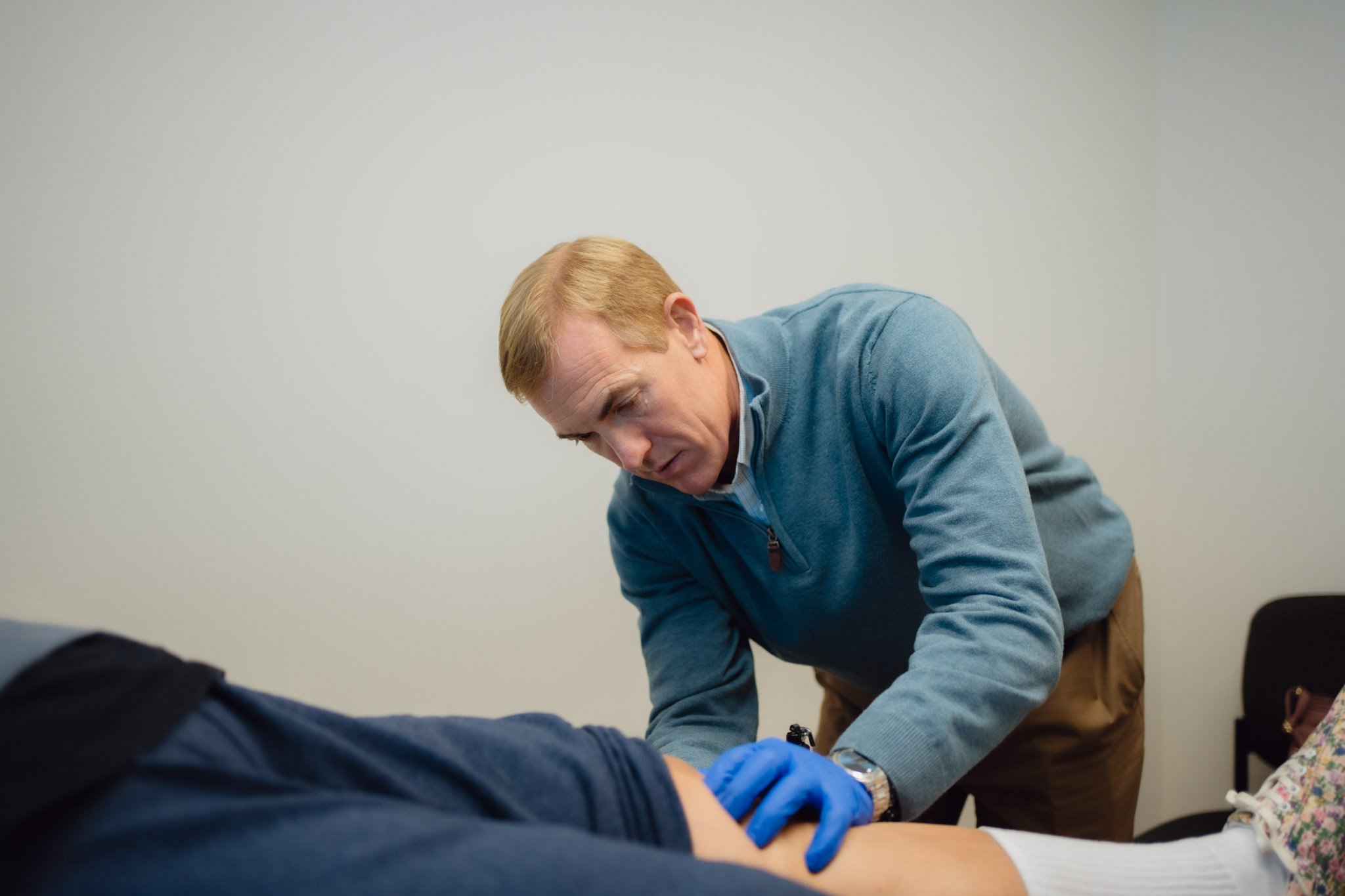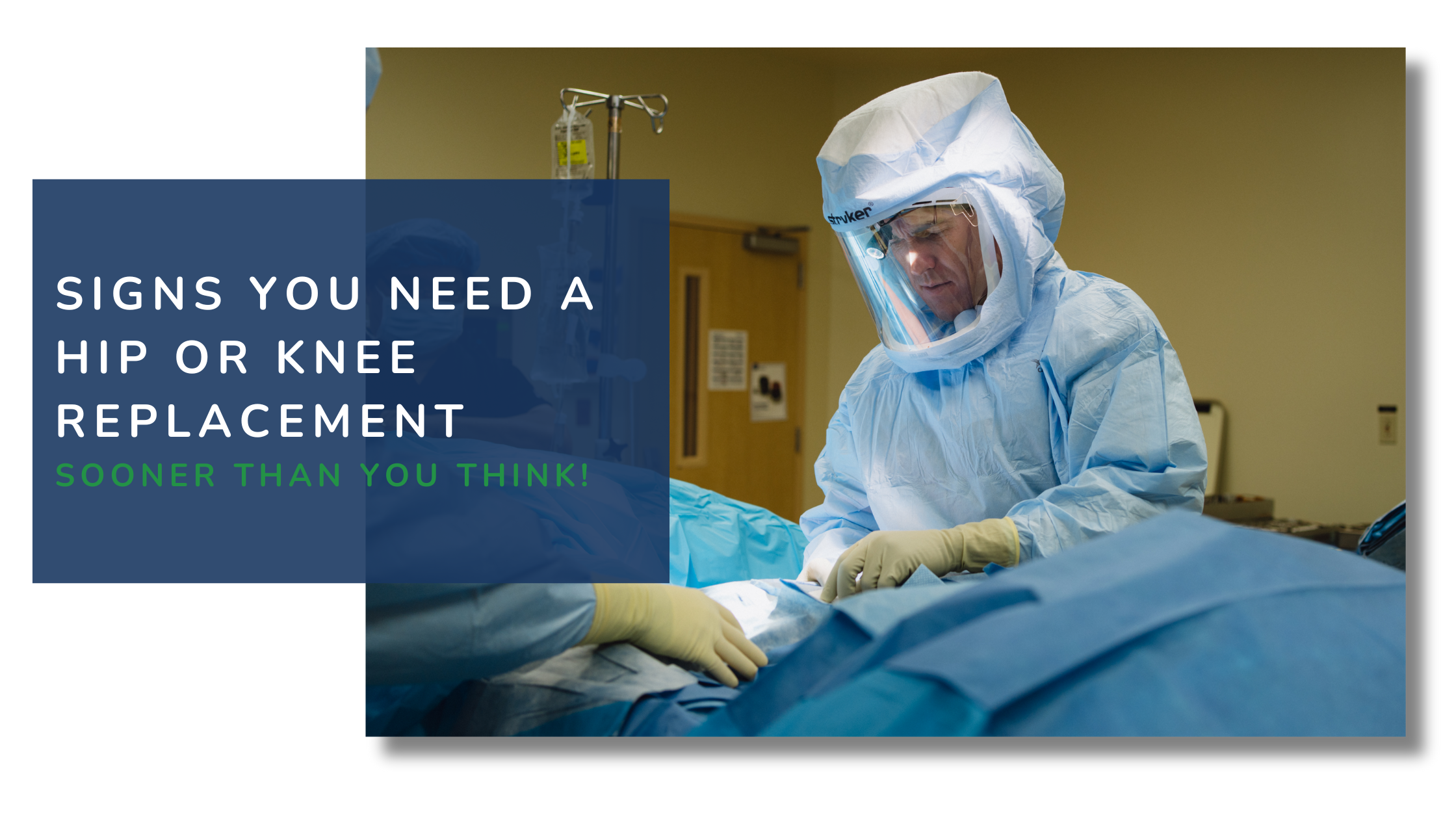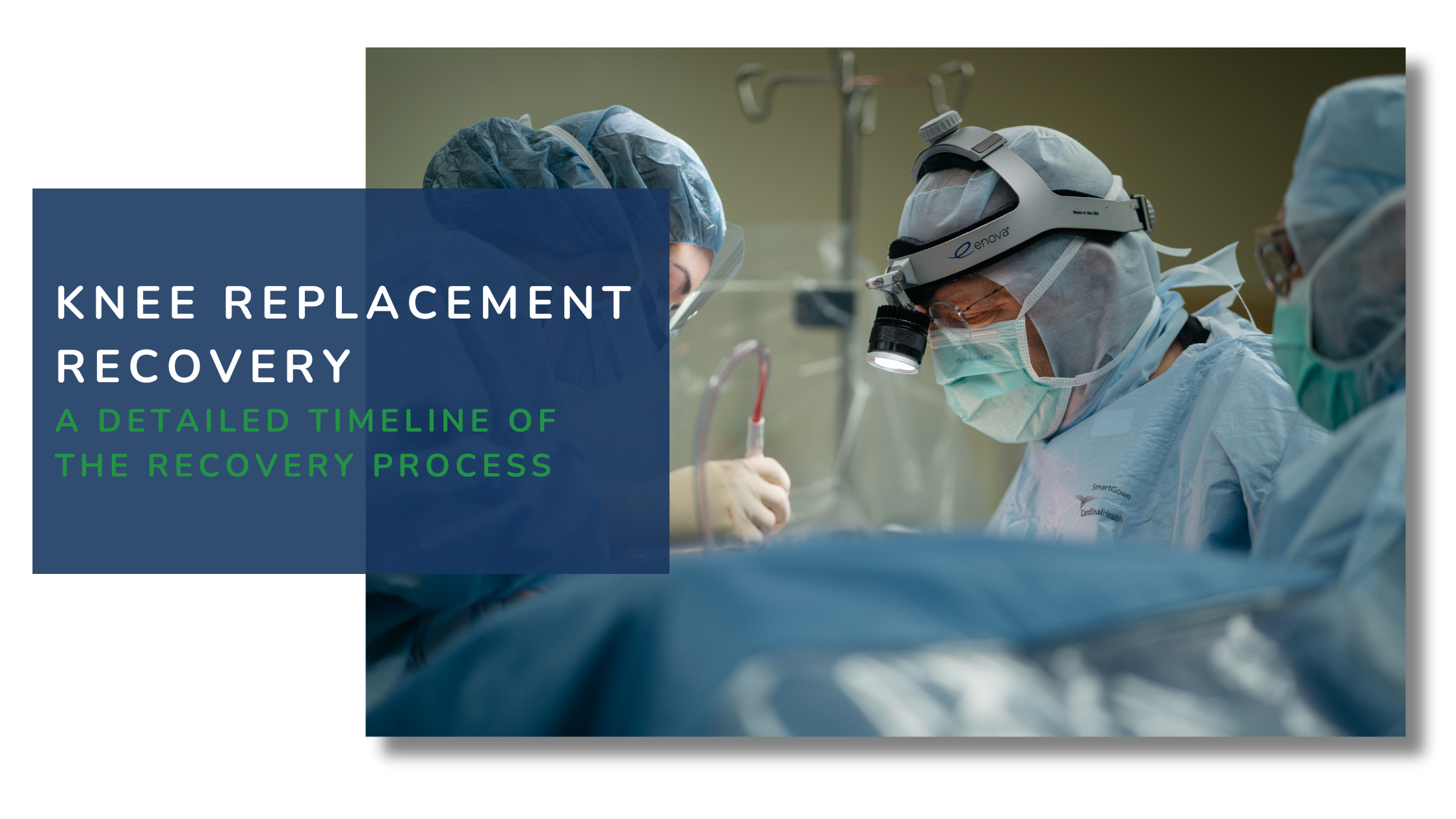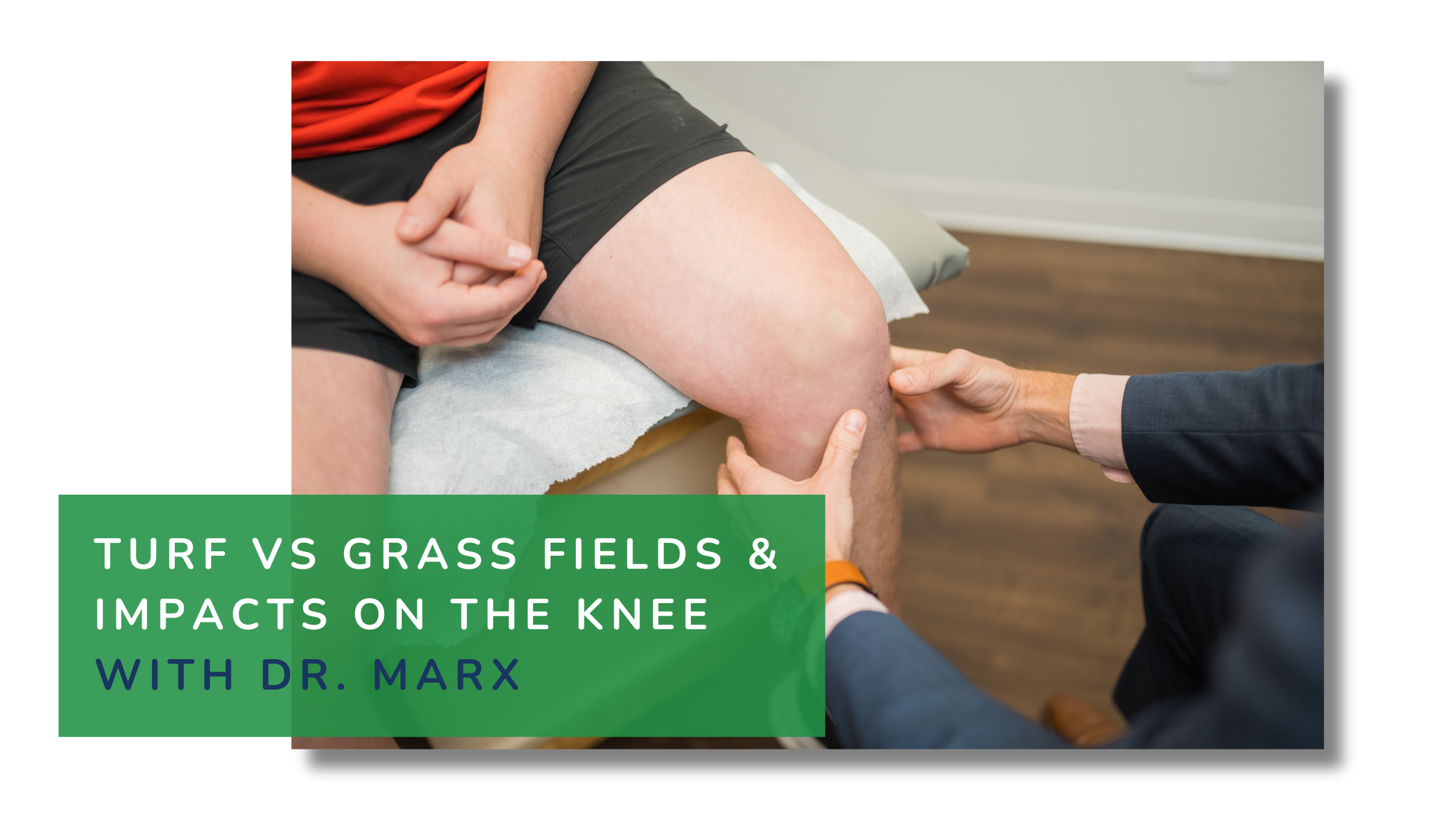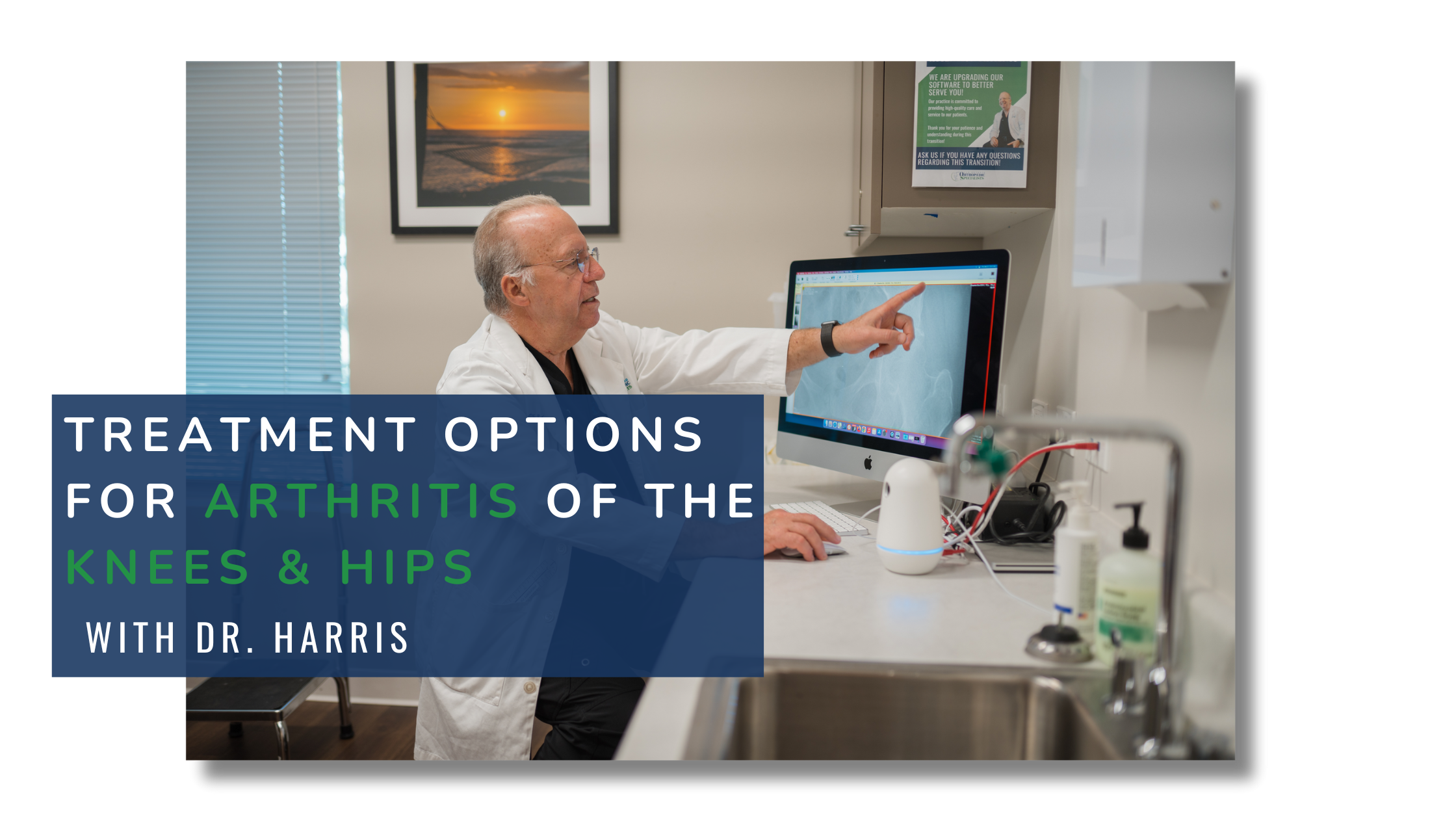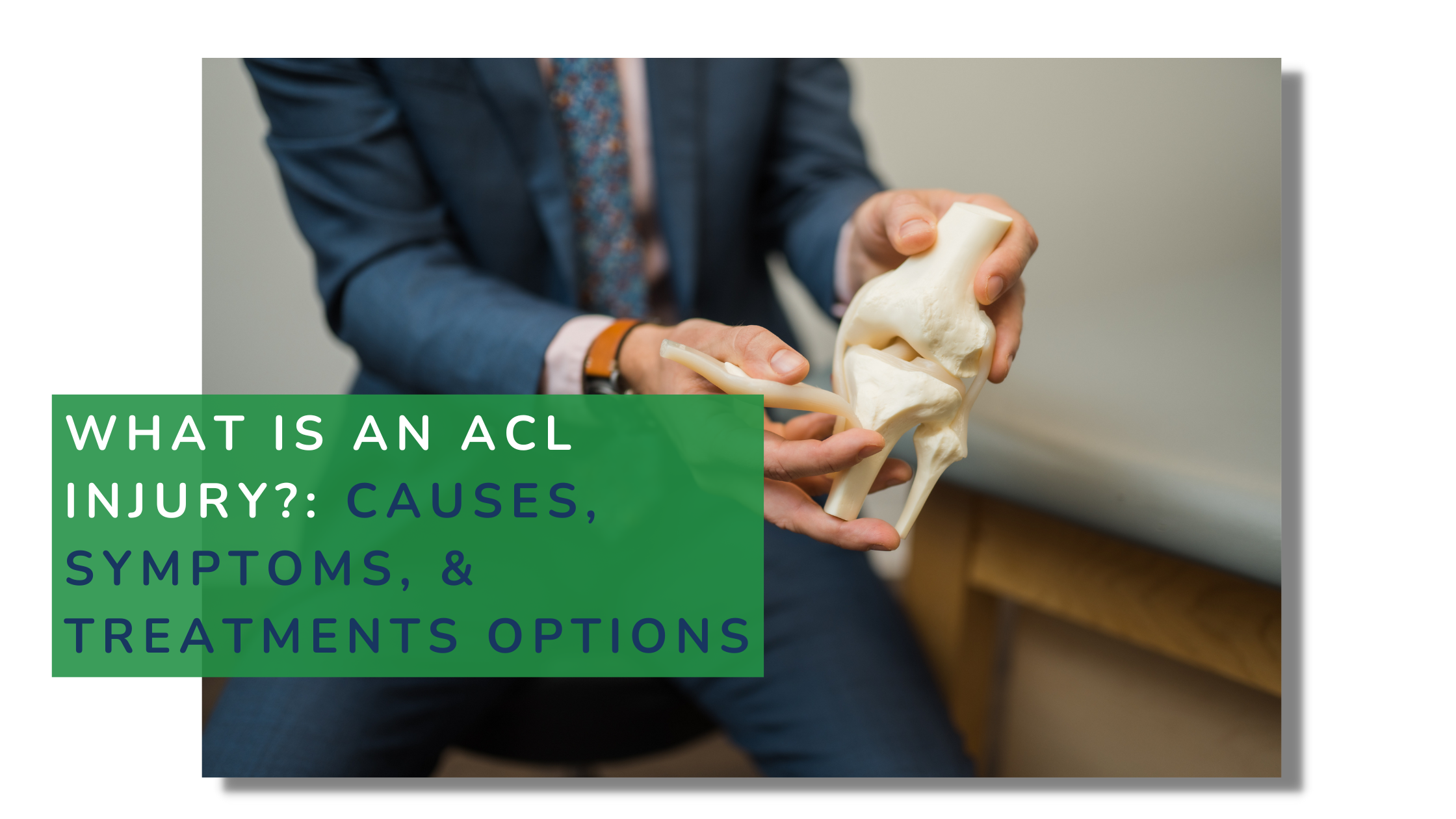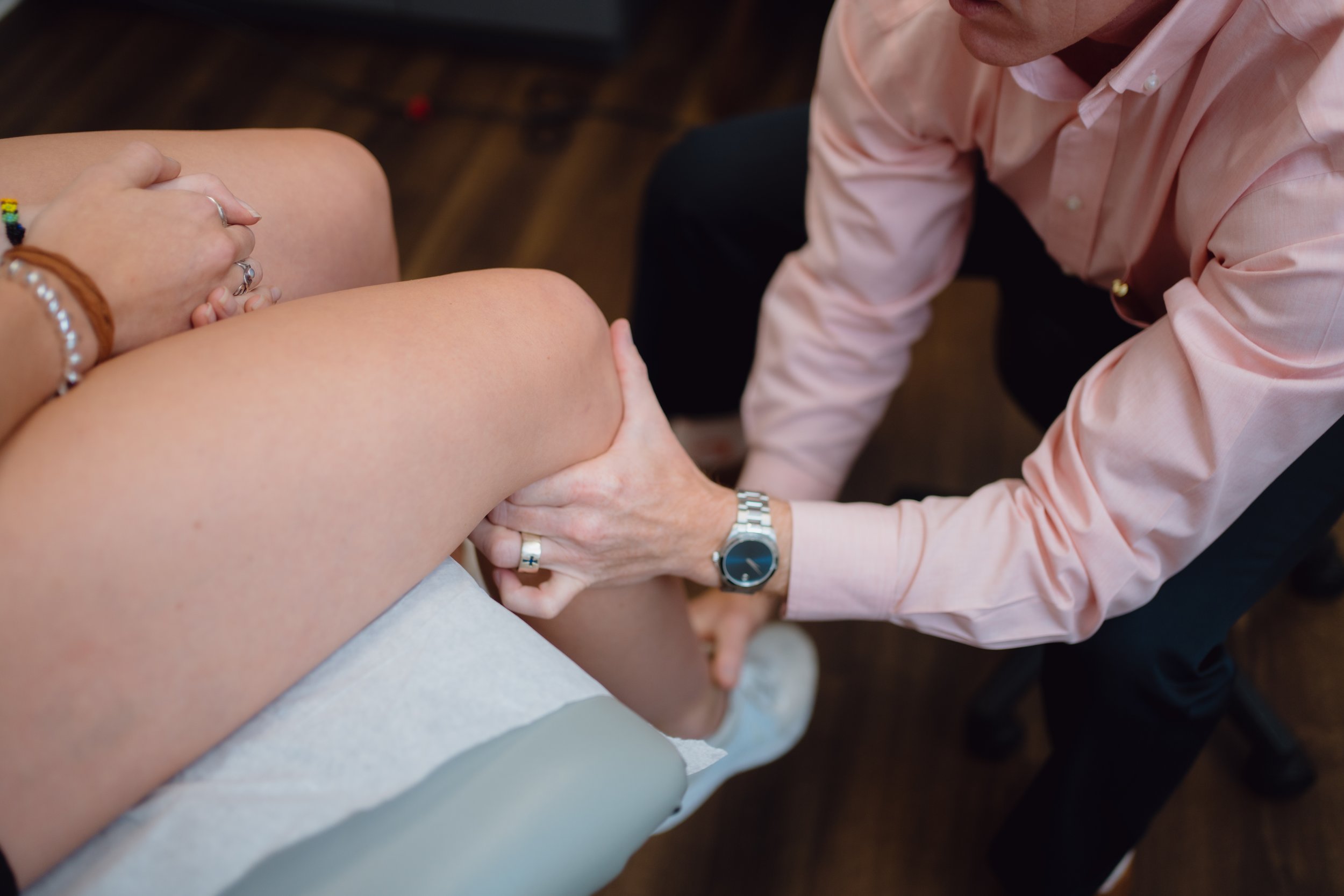
Knee Arthritis Treatment in San Antonio
Get back to your active lifestyle!
Anatomy of the knee
The knee joint is a complex structure that plays a crucial role in supporting the body's weight and facilitating movement. It is the largest joint in the body, consisting of:
Bones: The femur (thigh bone), the tibia (shin bone), and the patella (knee cap). These bones are connected and cushioned by cartilage, ligaments, and tendons.
Cartilage: Within the knee joint, there are two types of cartilage -- Articular cartilage and Meniscus cartilage.
Ligaments: The knee is stabilized by several ligaments, including the anterior cruciate ligament (ACL), posterior cruciate ligament (PCL), medial collateral ligament (MCL), and lateral collateral ligament (LCL).
Tendons: Tendons connect muscles to bones, and in the knee, the quadriceps tendon connects the quadriceps muscle to the patella, while the patellar tendon connects the patella to the tibia.
What is knee arthritis?
Knee arthritis is a common orthopedic condition characterized by the inflammation and degeneration of the knee joint. There are three main types of knee arthritis:
Osteoarthritis
Rheumatoid Arthritis
Post-Traumatic Arthritis
Knee arthritis is a progressive condition, and its severity can range from mild discomfort to severe discomfort. If you are experiencing knee pain, it is best to schedule an appointment with a specialist as soon as possible. A proper diagnosis and management of knee arthritis are crucial for maintaining quality of life and maintaining knee function.
What are the symptoms of knee arthritis?
Knee arthritis symptoms can develop slowly and worsen over time. Knee arthritis is commonly associated with:
Pain: Persistent knee pain, especially during weight-bearing activities or after periods of inactivity, is a common symptom. The pain may be dull, aching, or sharp.
Stiffness: It is common to experience stiffness in the knee joint in the morning or after extended periods of rest.
Swelling: Inflammation of the knee joint can lead to swelling, which may be accompanied by warmth and redness.
Limited Range of Motion: Knee arthritis can limit the range of motion of the joint, making it difficult to stretch or flex.
Crepitus: Those with knee arthritis may notice grating or popping when moving their knee.
Weakness: Muscle weakness in the surrounding thigh muscles is common.
Identifying these symptoms can help you manage knee arthritis effectively by seeking early intervention and treatment.
What are the treatment options for knee arthritis?
The choice of treatment depends on the severity of the arthritis, the patient's overall health, and many other things. Treatment plans are tailored to address the specific needs and goals of each patient. These treatment options can include:
Medications
Physical therapy
Lifestyle changes
Assistive devices
Injections
Surgical interventions
At San Antonio Orthopaedic Specialists, we prioritize the unique needs of each patient when developing a treatment plan for knee arthritis. We always explore non-surgical, preservation treatments before considering surgery. Our goal is to empower you with personalized care options that align with your condition, preferences, and overall well-being, ensuring the best possible outcome and a pain-free, active life.
Did you know that your nutrition plays a big role in your ability to heal and in reducing your joint pain?
CHECK OUT OUR LATEST BLOG POSTS REGARDING KNEE INJURIES & arthritis
We try to keep up with our doctors by getting content directly from them and their patients!
Are You Experiencing knee Pain? Let’s get in touch!
We have over 1,000 online reviews!
MEET OUR TEAM KNEE SPECIALISTS
-

Adam I. Harris, MD
Board Certified, Fellowship Trained Orthopaedic Surgeon
-

Brandon Broome, MD
Board Certified, Fellowship Trained Orthopaedic Surgeon

